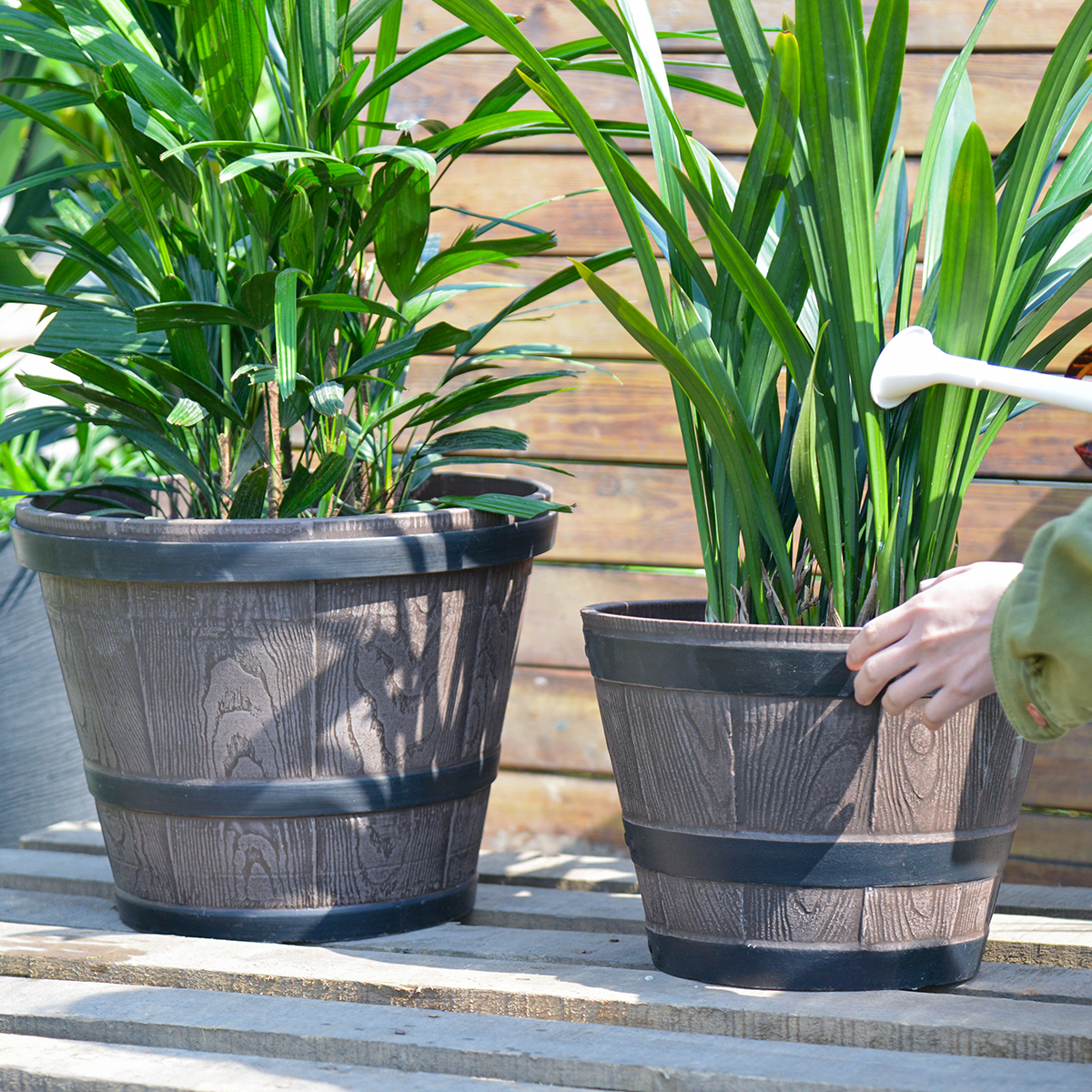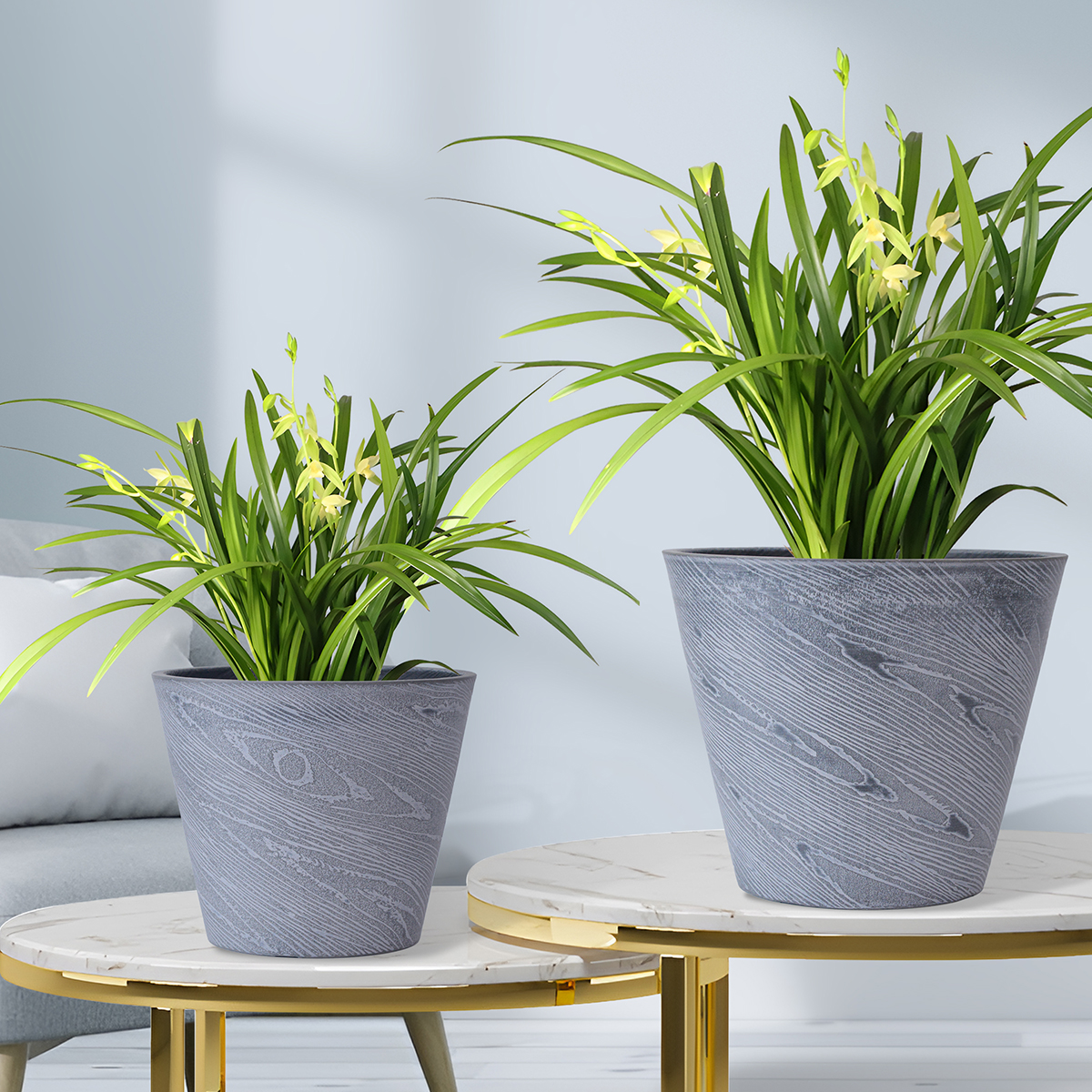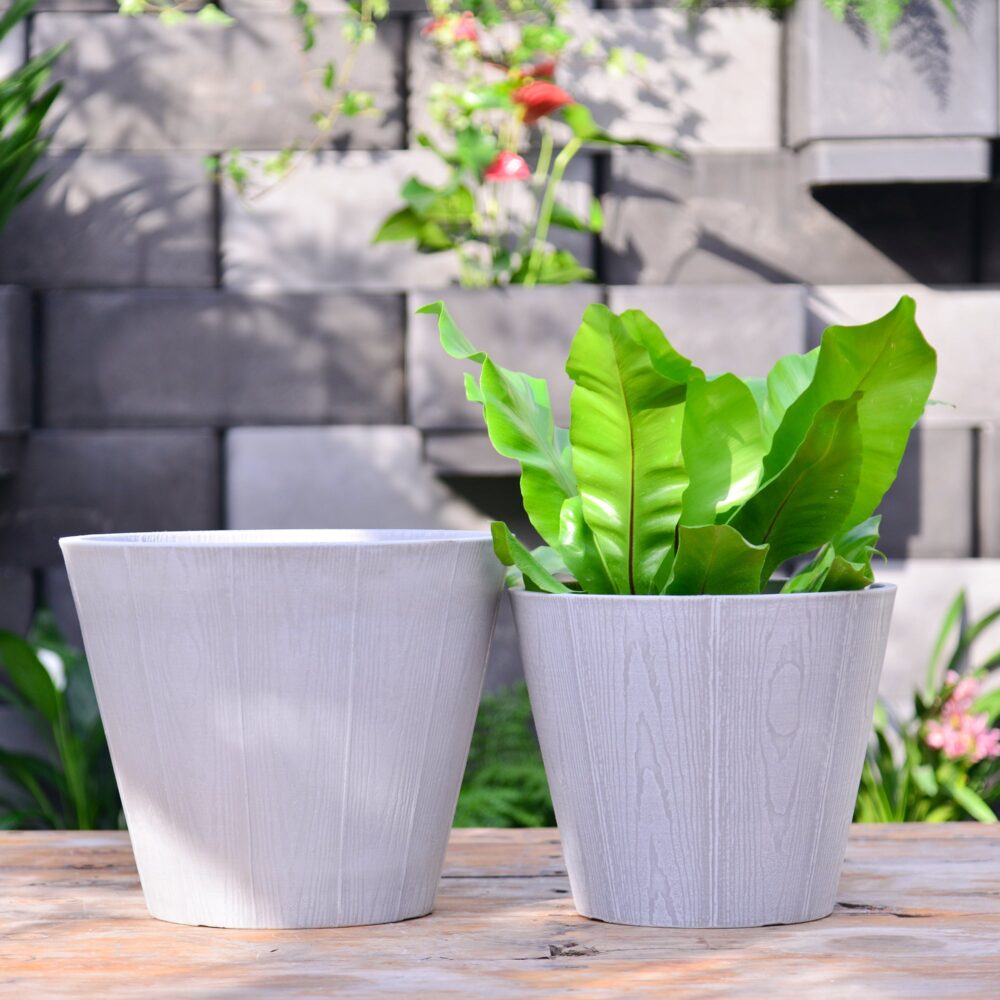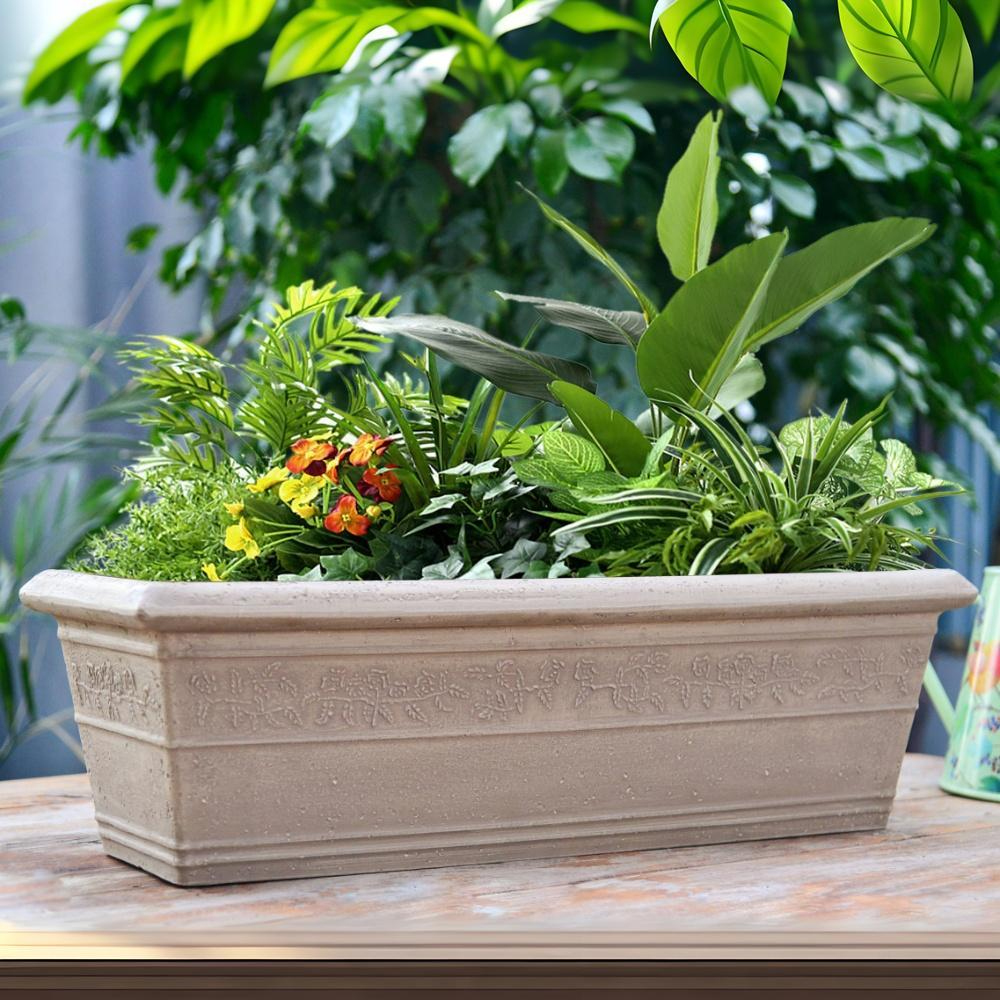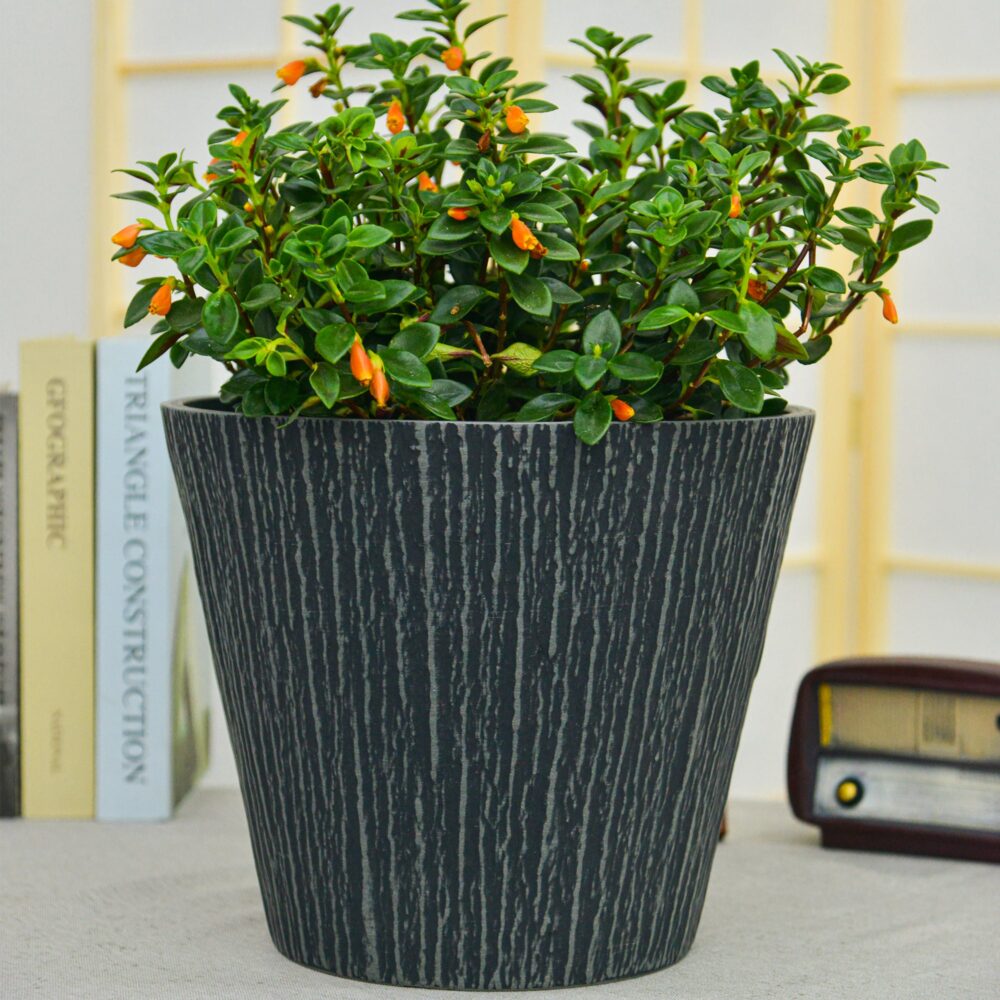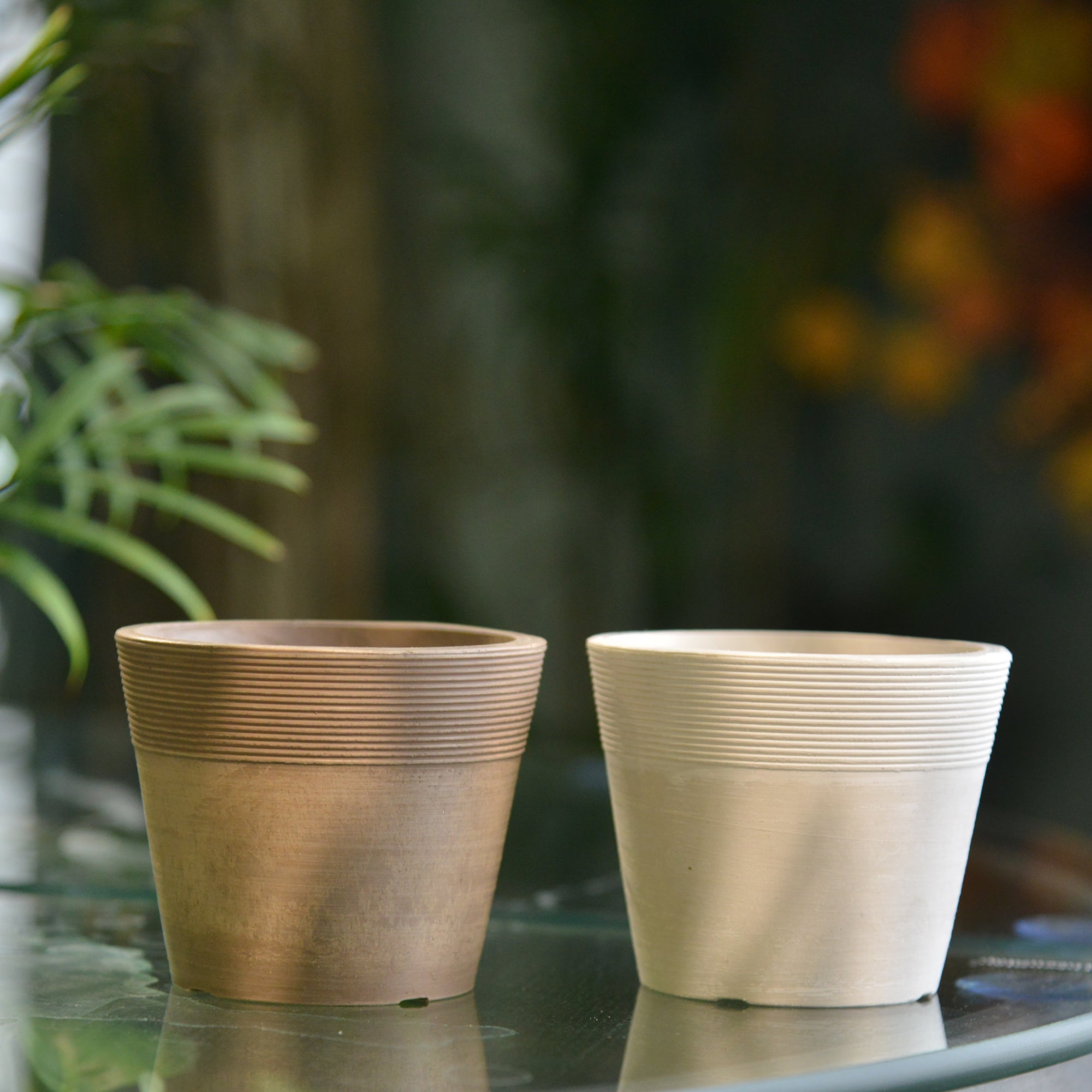Dwarf Alberta Spruce (Picea glauca ‘Conica’) Care Guide
The Dwarf Alberta Spruce (Picea glauca ‘Conica’) is a popular evergreen conifer prized for its dense, conical shape and slow growth, making it an excellent choice for home gardens, especially in smaller spaces or as a formal accent.
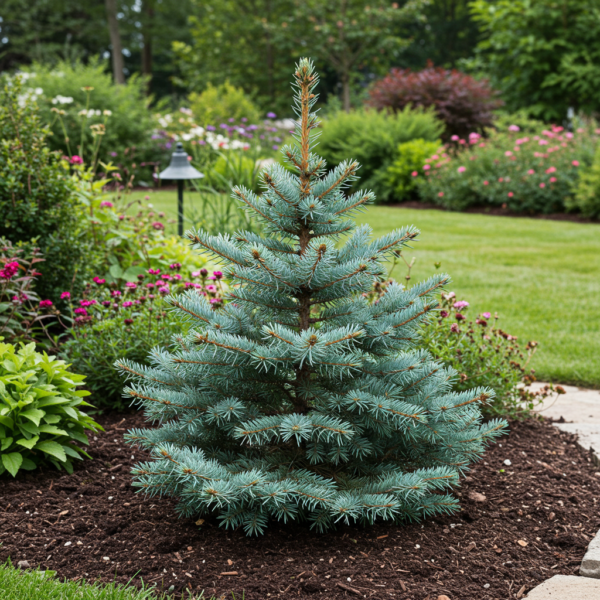
Dwarf Alberta Spruce (Picea glauca ‘Conica’)
Key Features:
- Shape: Naturally grows into a perfect cone without pruning, providing a formal, upright accent in the landscape.
- Foliage: Features soft, bright green needles that are densely packed, giving it a lush appearance. The needles are short and radiate all around the branches.
- Size: “Dwarf” indeed! It’s a slow grower, typically growing only 2-4 inches per year. Expect it to reach about 6-8 feet tall and 3-4 feet wide in 20-30 years. In very old age (50+ years) it might reach 10-12 feet.
- Hardiness: Very hardy and adaptable, tolerating cold winters (USDA hardiness zones 3-8).
- Maintenance: Low-maintenance once established, requiring minimal pruning to maintain its shape.
Growing Dwarf Alberta Spruce at Home:
- Planting:
- When to Plant: Spring or early fall is ideal for planting. This gives the tree time to establish roots before the stresses of summer heat or winter cold.
- Sunlight: Plant in a location that receives full sun (at least 6 hours of direct sunlight per day) to partial shade. Full sun is best for dense growth and vibrant color.
- Soil: Well-drained, slightly acidic soil is preferred. Amend heavy clay soils with compost or other organic matter to improve drainage.
- Spacing: If planting multiple Dwarf Alberta Spruces, space them 3-4 feet apart to allow for their mature width. For hedges, you can space them closer.
- Planting Hole: Dig a hole twice as wide as the root ball and just as deep. Gently remove the tree from its container, loosen any circling roots, and place it in the hole so the top of the root ball is level with the ground. Backfill with soil, gently firming it around the base. Water thoroughly after planting.
- Care:
- Watering: Water regularly, especially during the first year to help establish a strong root system. Once established, Dwarf Alberta Spruce is relatively drought-tolerant but benefits from occasional watering during dry spells. Avoid overwatering, which can lead to root rot.
- Mulching: Apply a 2-3 inch layer of organic mulch around the base of the tree, keeping it away from the trunk. Mulch helps retain soil moisture, suppress weeds, and regulate soil temperature.
- Fertilizing: Fertilize in early spring with a balanced evergreen fertilizer. Follow the instructions on the fertilizer package. Avoid over-fertilizing, which can harm the tree.
- Pruning: Minimal pruning is needed to maintain its natural conical shape. Prune only to remove dead, damaged, or diseased branches. If you wish to lightly shape it, do so in late winter or early spring before new growth begins. Avoid heavy pruning, as it can ruin the tree’s natural form.
- Pests and Diseases: Dwarf Alberta Spruce is generally resistant to many pests and diseases. However, it can be susceptible to spider mites, especially in hot, dry conditions. Monitor for signs of infestation (fine webbing, stippled needles) and treat with insecticidal soap or horticultural oil if necessary. Root rot can be a problem in poorly drained soils; ensure proper drainage to prevent this.

- Benefits of Growing Dwarf Alberta Spruce at Home:
- Year-Round Interest: Evergreen foliage provides color and structure to the garden throughout the year.
- Formal Appearance: Adds a touch of formality and elegance to landscapes with its perfect conical shape.
- Low Maintenance: Requires minimal care once established, making it a good choice for busy gardeners.
- Versatile Use: Excellent as a specimen plant, in containers, as foundation plantings, or in formal hedges and screens.
- Small Spaces: Its dwarf size makes it suitable for small gardens, patios, and balconies.
- Christmas Tree Alternative: Can be decorated as a living Christmas tree for outdoor holiday displays.
- Potential Problems:
- Spider Mites: As mentioned, spider mites can be a problem, especially in hot, dry weather. Regular monitoring and prompt treatment are important.
- Root Rot: Poorly drained soil can lead to root rot. Ensure well-draining soil and avoid overwatering.
- Needle Cast Diseases: While generally resistant, fungal needle cast diseases can sometimes affect Dwarf Alberta Spruce, especially in humid conditions. Ensure good air circulation and avoid overhead watering to minimize this risk.
- Slow Growth: While slow growth is a benefit for many, it means it will take a long time to reach its mature size if you are looking for quick impact.
11P
By greenship|2024-09-07T01:18:52+00:00September 7, 2024|Categories: Classic Sculpture Series|
HM
By greenship|2024-09-07T01:34:14+00:00September 7, 2024|Categories: Classic Sculpture Series|
14-inch 18-inch Planter Large Cylinder Planter for Indoor Outdoor, Woodgrain Relief Decorative Plant Pots with Drainage Hole
By greenship-seo|2025-04-10T07:40:54+00:00January 10, 2025|Categories: Classic Sculpture Series|Tags: Decorative Flower Pots, Self-Watering Pots|
23 inch Classic Heavy Rim Long Large Box Planter for Indoor Outdoor Patio Balcony, Durable Window Planter with Drainage Hole
By greenship-seo|2025-04-10T06:50:00+00:00January 13, 2025|Categories: Classic Sculpture Series|Tags: Decorative Flower Pots|
12 inch 16 inch Large Planter for Indoor Outdoor, Textured Bark Relief Decorative Plant Pots with Drainage Hole
By greenship-seo|2025-04-10T07:44:16+00:00January 10, 2025|Categories: Classic Sculpture Series|Tags: Decorative Flower Pots, Self-Watering Pots|
4 inch Decorative Plant Pots for Indoor Plants, 1 Pack, Random Color
By greenship-seo|2025-04-10T08:33:53+00:00January 7, 2025|Categories: Classic Sculpture Series|Tags: Decorative Flower Pots, Self-Watering Pots|

